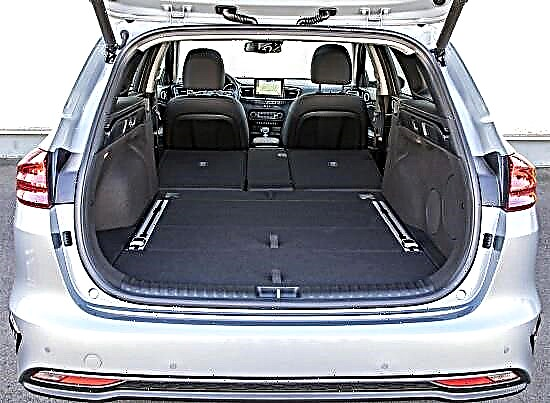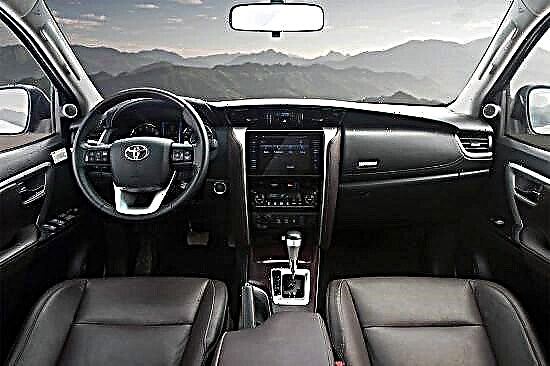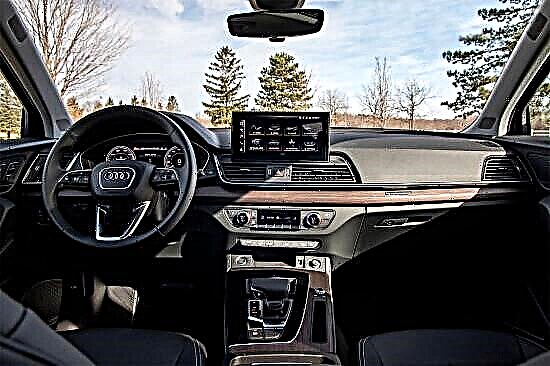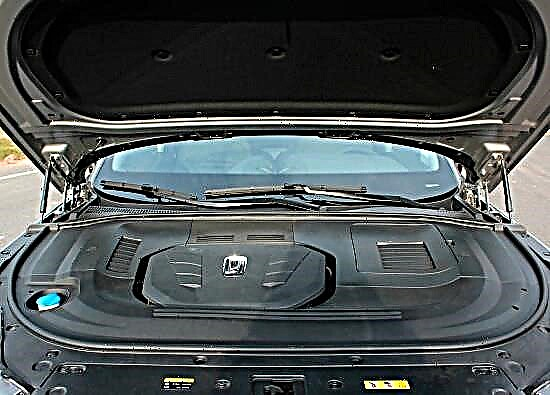Opel Combo Cargo is a front-wheel drive all-metal van of the compact category, which is offered in several body solutions (differing from each other in length, wheelbase and roof height) ...
Its main target audience is business representatives who need a small-sized but roomy car for “delivery operations” ...

The third generation of the "heel" was presented to the world community in September 2011 on the stage of the international motor show in Frankfurt - it turned into a product of badge engineering, becoming a "facelift" of the Fiat Doblo model.
The commercial production of the car at the plant in Turkey began in December 2011, and sales in the leading world markets - a month later.

The “third” Opel Combo Carbo has an attractive and modern appearance and an ergonomically thought-out interior design, in which two seats are organized.

Behind the "manned cabin", the van has a cargo compartment with a volume of 3400 to 5400 liters, depending on the version.
The cargo "Combo" is offered in several modifications, which differ from each other in length, wheelbase (standard SWB and extended LWB) and roof height. The total length of the car is 4390-4740 mm, height - 1880-2125 mm, width - 1831 mm (including mirrors - 2119 mm). The distance between the pairs of wheels is 2755 mm or 3105 mm, and its ground clearance is 160 mm.
In the "stowed" state, the weight of the Opel Combo D Cargo varies from 1355 to 1615 kg, depending on the version, and its total weight is from 2030 to 2510 kg. In addition, the car is capable of towing trailers weighing up to 1000-1500 kg (if they have brakes).

For an all-metal van, a wide range of power units is declared:
- The petrol palette is represented by an in-line "four" with a volume of 1.4 liters with a distributed fuel supply, 16-valve timing and variable valve timing, available in two versions:
- the naturally aspirated variant generates 95 horsepower and 127 Nm of torque;
- and the turbocharged one - 120 hp. and 206 Nm of rotational potential.
- The diesel range includes four-cylinder 1.3-1.6 liter turbocharged engines with Common Rail direct feed technology and 16 valves, which produce 95-120 horsepower and 200-320 Nm of peak thrust.
The motors are stacked with 5- or 6-speed "manual" gearboxes, delivering all the power to the wheels of the front axle.
The car accelerates from 0 to 100 km / h after 11-15.4 seconds, and reaches a maximum of 158-179 km / h.
Petrol modifications of the "heel" require 7.4-7.6 liters of fuel for each "hundred" of the run, and diesel - 5.2-5.7 liters.
The third generation all-metal Combo van is built on a front-wheel drive SCCS platform with abundant use of high-strength steel in the structure and a transversely mounted engine.
"German" is equipped with independent front and semi-independent rear suspension: MacPherson type with a transverse stabilizer and torsion beam, respectively. The car is equipped with a rack-and-pinion steering with hydraulic booster, as well as a braking system with ventilated "pancakes" in the front and drum devices at the rear (supplemented by ABS).
Opel Combo Cargo of the third generation is not delivered to the Russian market, but in Germany, as of early 2018, it is sold at a price of 13,149 euros (~ 1 million rubles).
By default, the van boasts: front airbags, power windows, ABS, 16-inch steel wheels, ESP, a lift-start assist system, audio preparation with four speakers and some other equipment.











